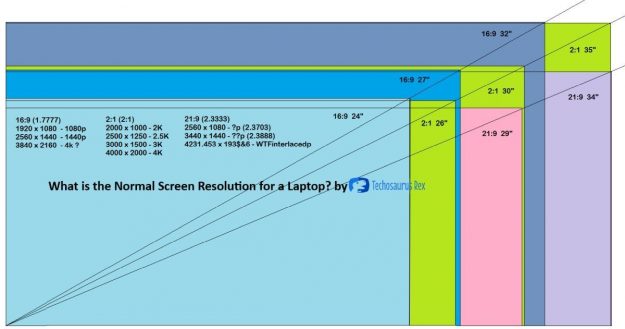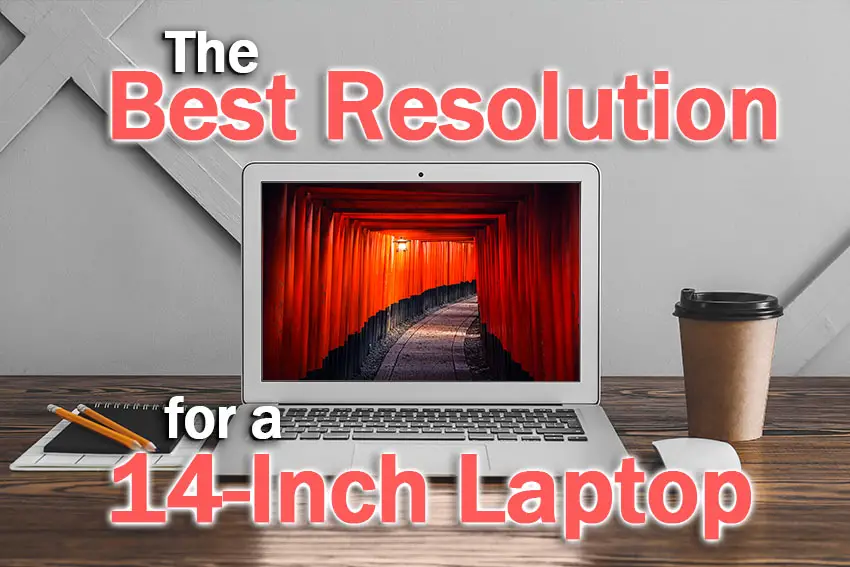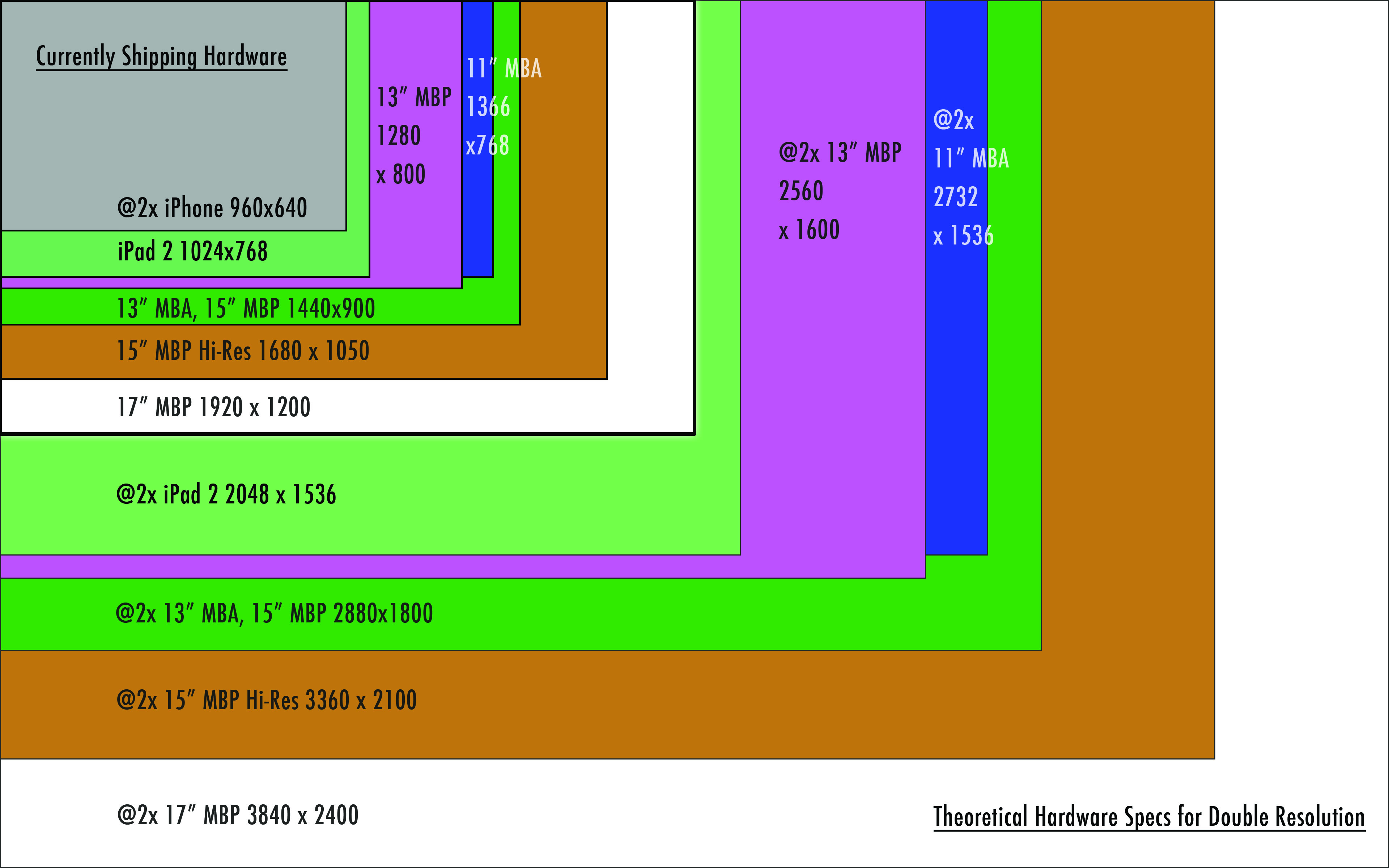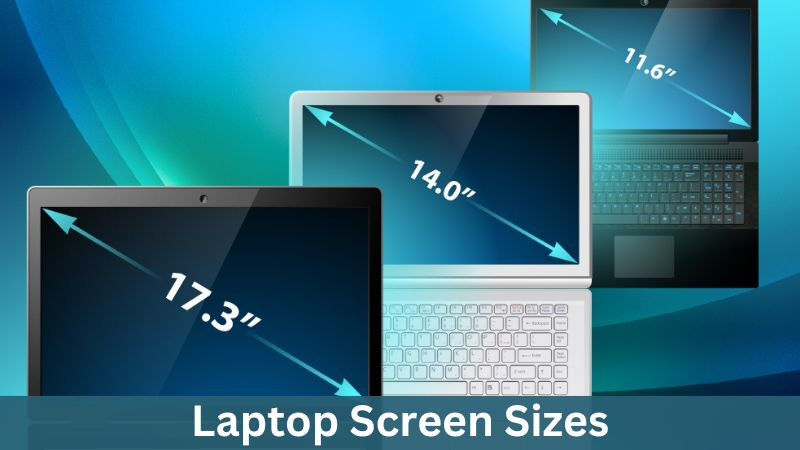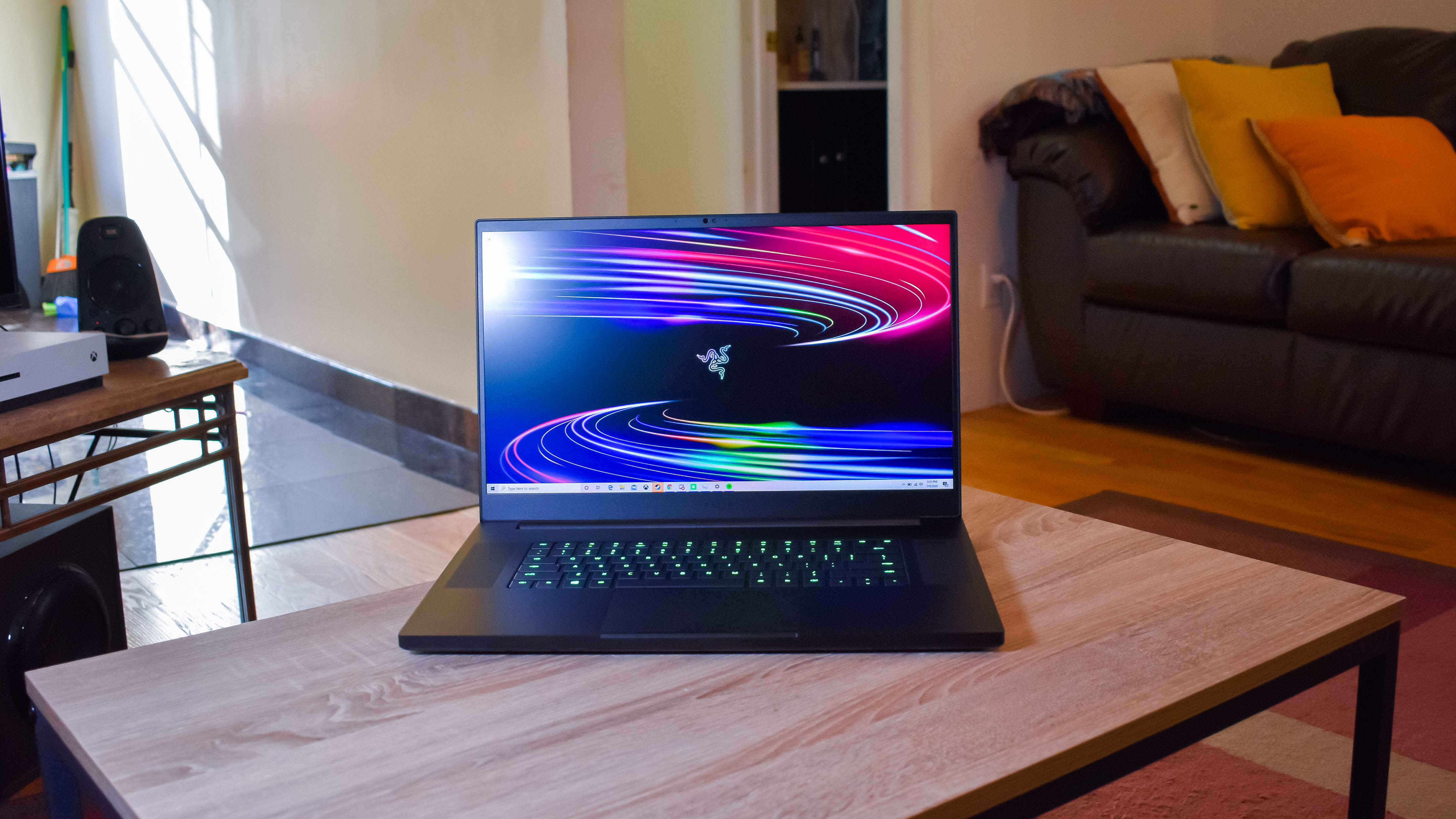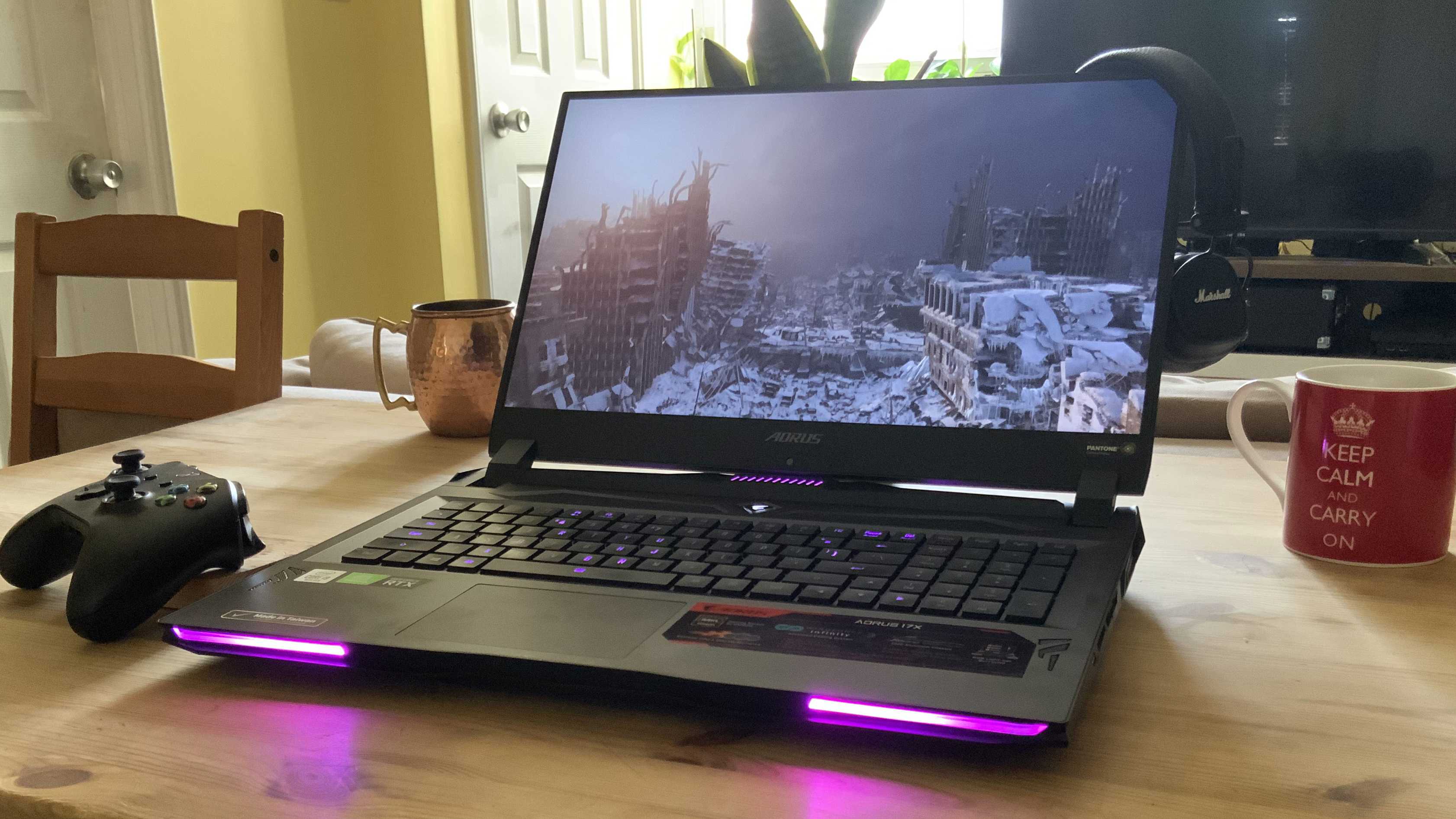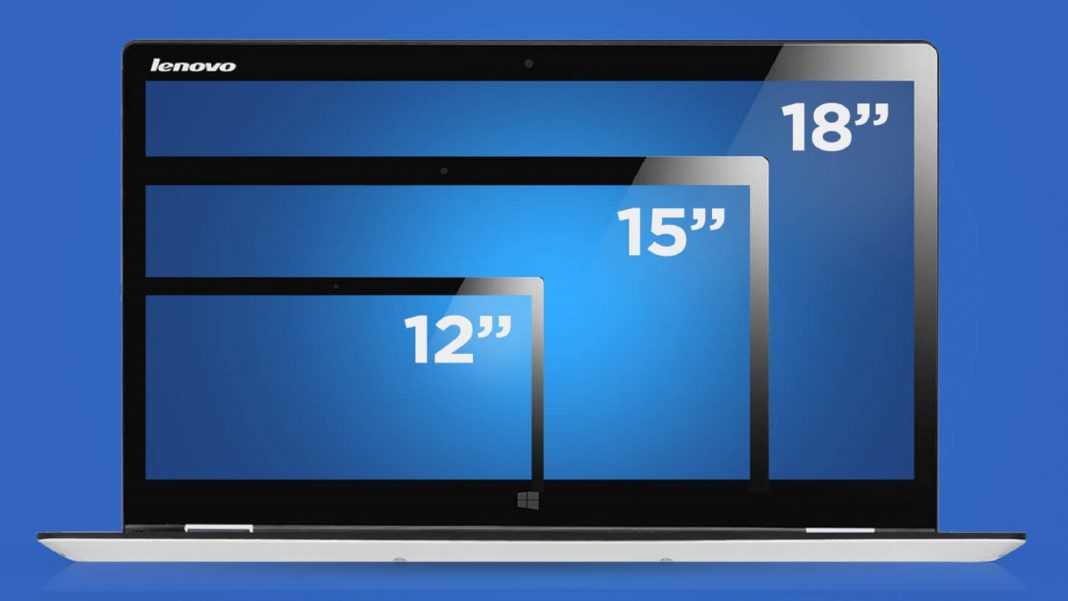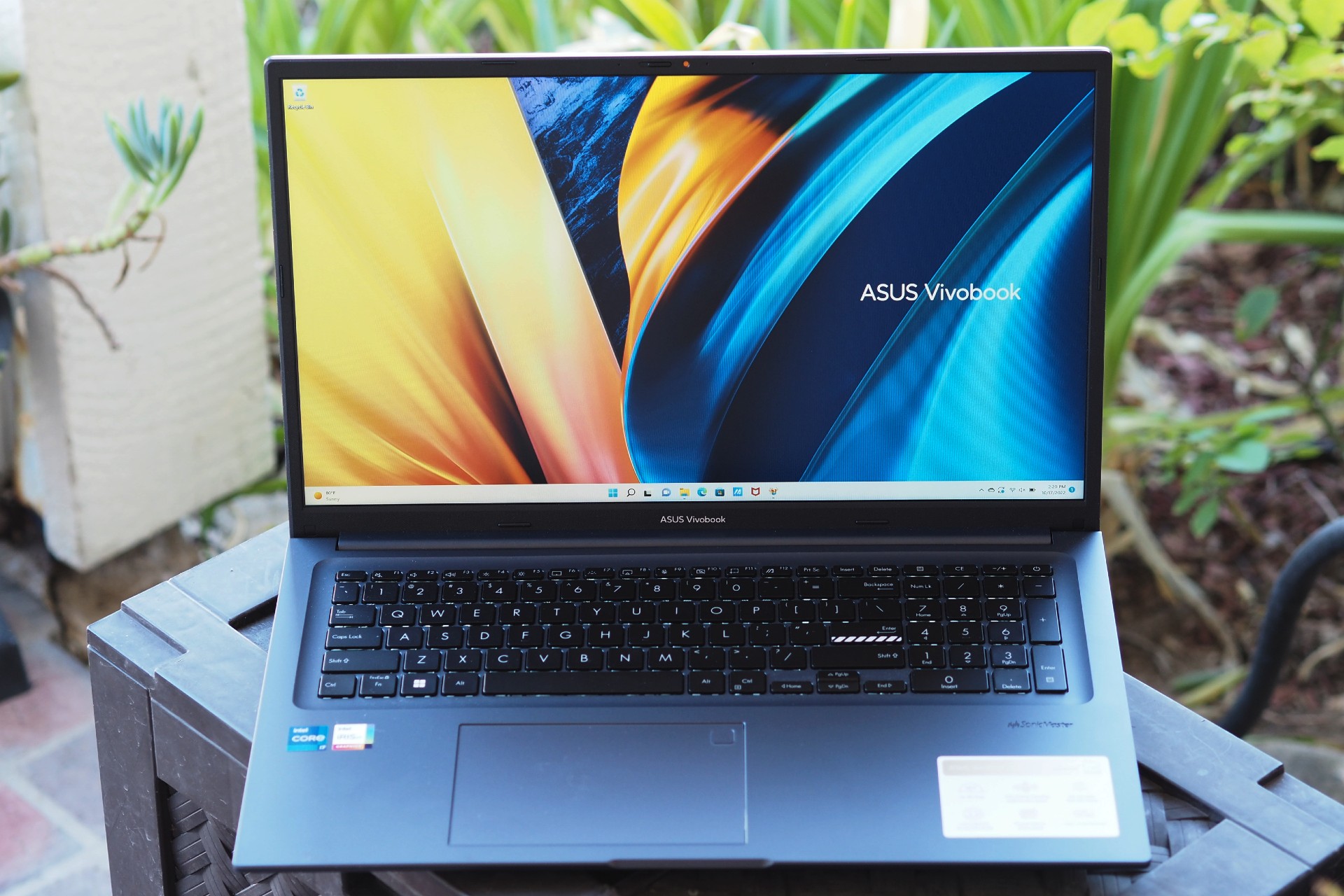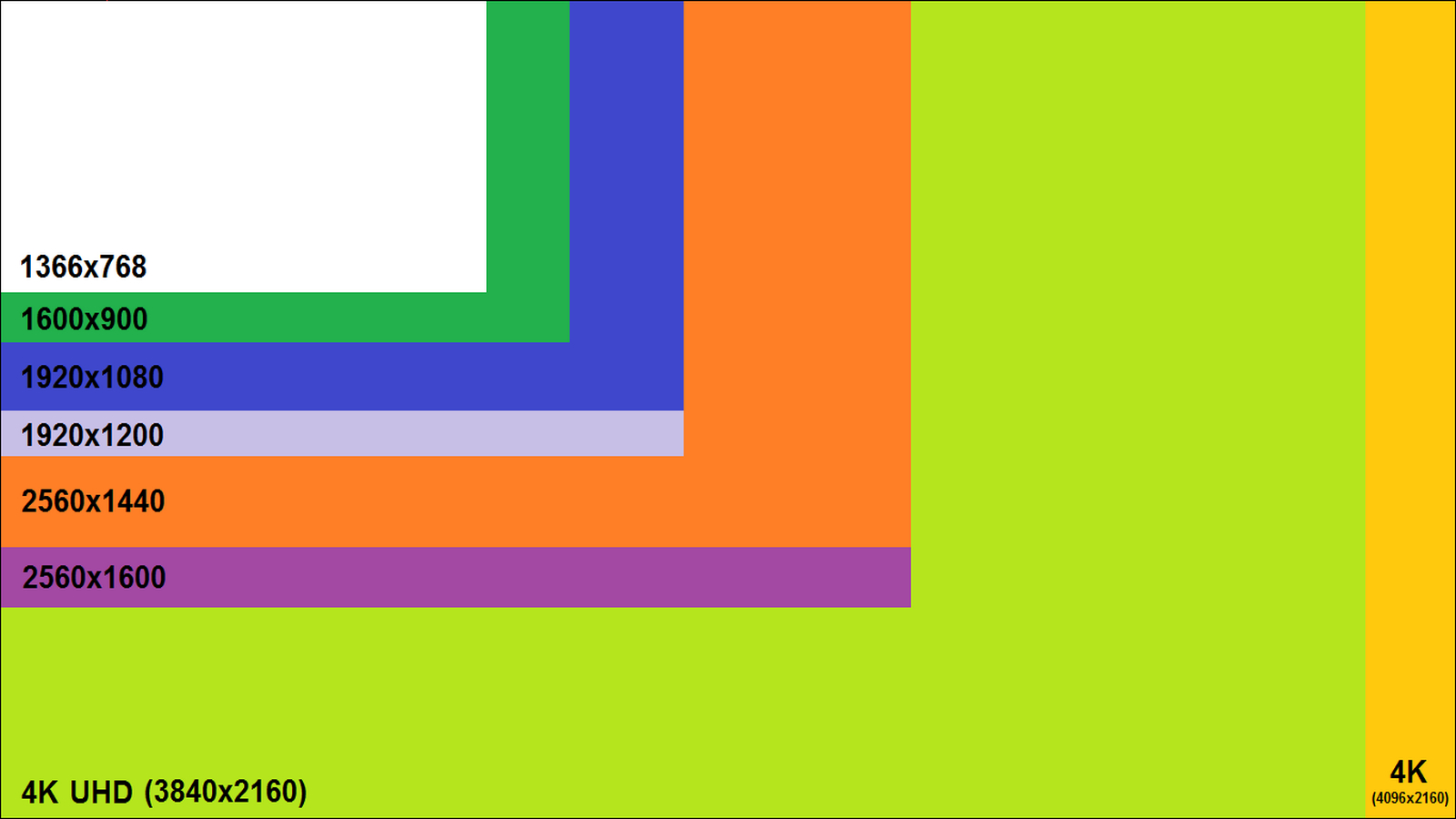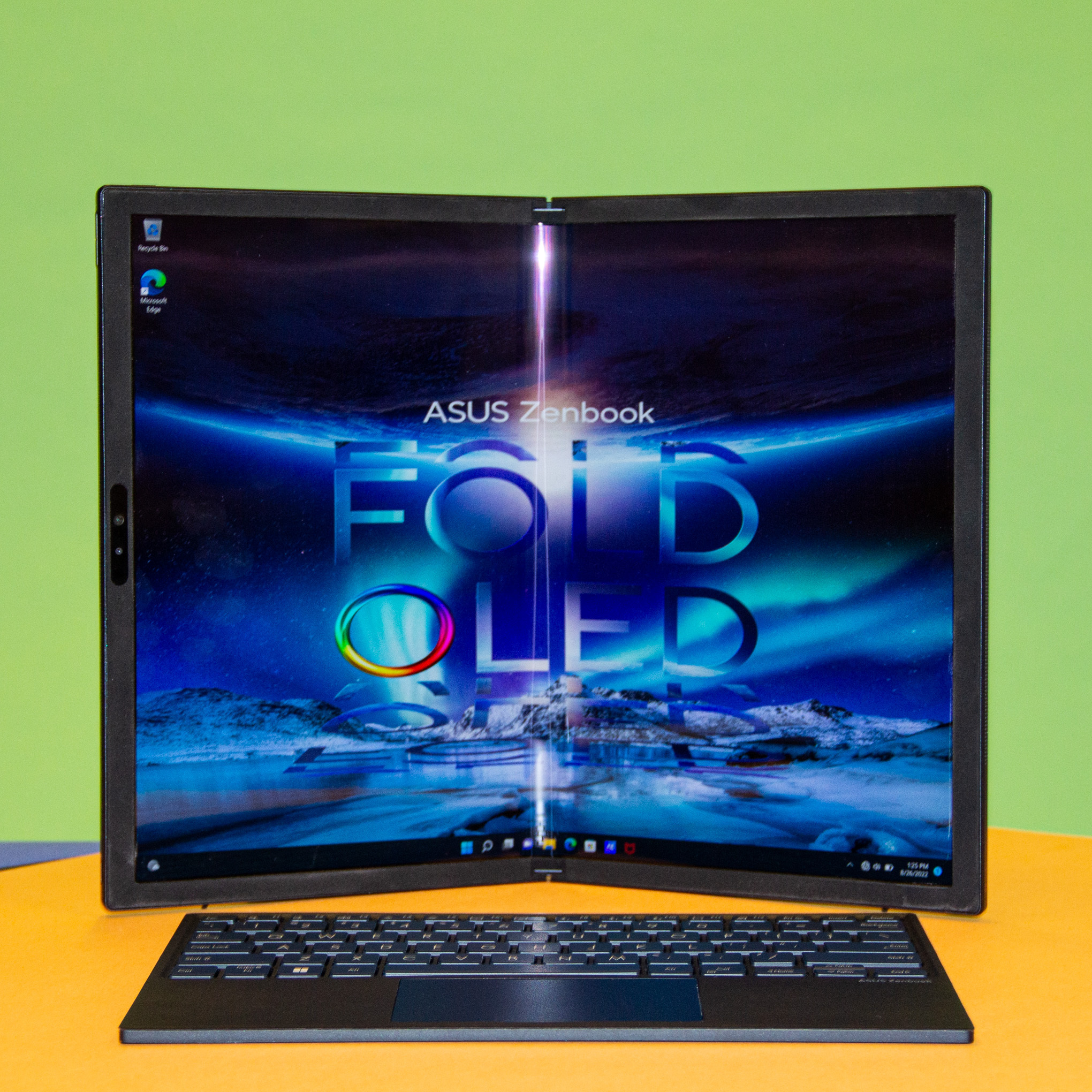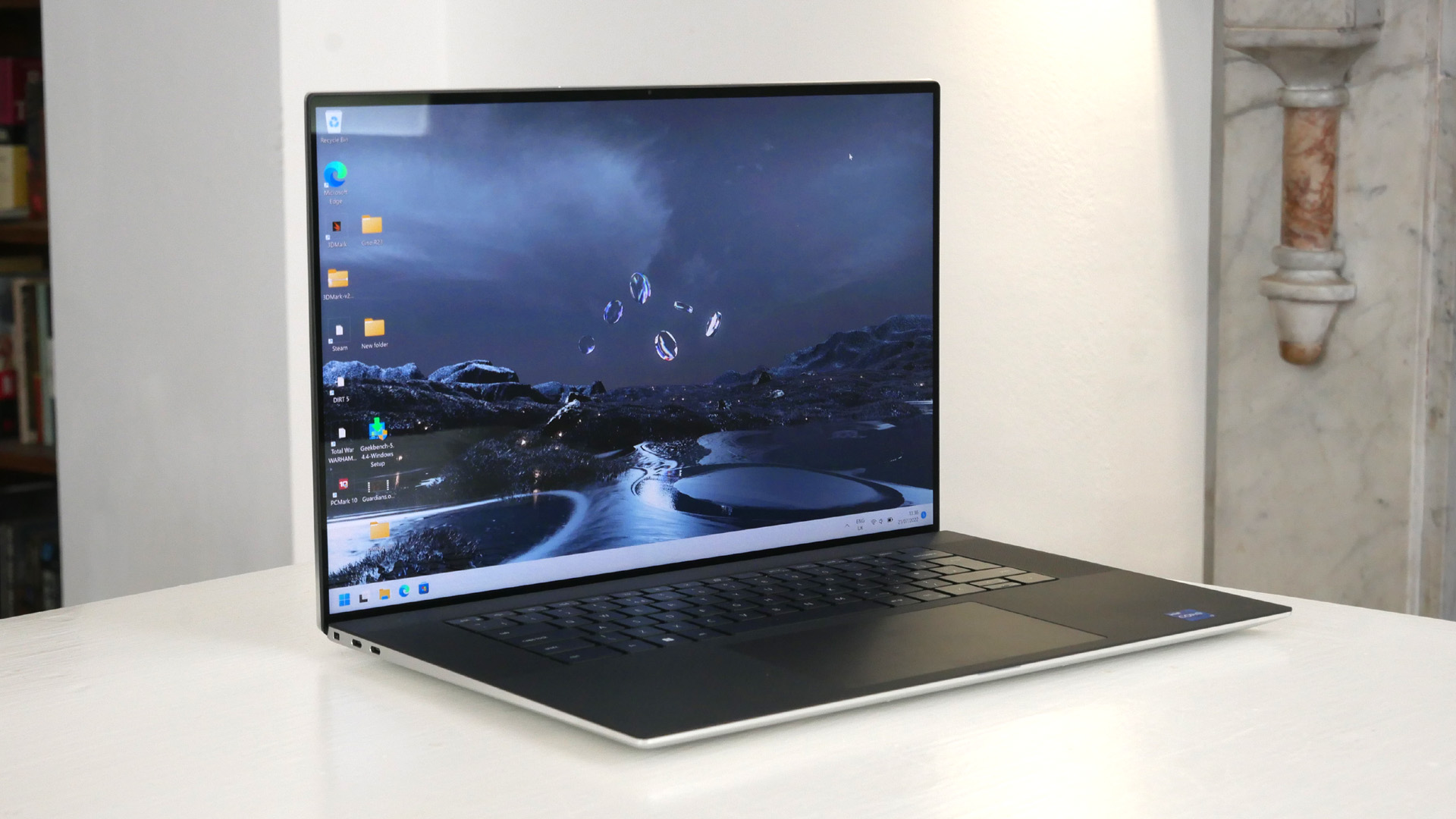Best Screen Resolution For 17 Inch Laptop

Alright, penny pinchers! You're eyeing a 17-inch laptop, but the screen resolution options are making your wallet sweat. Fear not! We're diving deep into the world of pixels to find the sweet spot between visual clarity and keeping your budget intact.
This guide is for the pragmatists, the budget-conscious, and those who refuse to overspend on features they don't need. We're focusing on screen resolution because it directly impacts your viewing experience and can significantly affect your laptop's price and performance.
Why Screen Resolution Matters (Especially to Your Wallet)
Higher resolution means more pixels, resulting in sharper images and more screen real estate. But more pixels also demand more processing power, potentially leading to slower performance and a higher price tag.
For the budget-minded, finding the optimal resolution is about balancing visual appeal with affordability and performance. Let's find what is best for you!
Shortlist: Resolutions for the Thrifty
Here's a quick rundown of resolutions we'll be covering, tailored to different bargain-hunting needs:
- 1600x900 (HD+): The absolute bare minimum. Good for basic tasks and extending your laptop's lifespan.
- 1920x1080 (Full HD/1080p): The sweet spot for most users, offering a good balance of clarity and performance.
- 2560x1440 (QHD): For those who want a sharper image and are willing to spend a bit more. Demands more processing power!
Detailed Reviews: Pixel by Pixel
1600x900 (HD+)
This resolution is the bottom line for a 17-inch screen. Expect noticeably larger pixels and less sharpness compared to higher resolutions.
Great for web browsing, document editing, and older games. It’s the best choice for maximizing battery life and minimizing strain on older components.
1920x1080 (Full HD/1080p)
Full HD is the most common resolution for a reason. Provides a good balance of sharpness and clarity for everyday tasks, multimedia consumption, and gaming.
Most 17-inch laptops offer this as a standard or optional upgrade. Should be considered as a minimum requirement for productivity.
2560x1440 (QHD)
QHD offers a significant jump in pixel density, resulting in sharper images and more detail. Ideal for photo and video editing, as well as gamers who demand the best possible visual fidelity.
Will require a more powerful graphics card. It is only recommended if you need the extra detail or are willing to sacrifice some performance for visual quality.
Specs & Performance: The Numbers Game
| Resolution | Pixel Density (PPI) | Ideal Use Cases | Gaming Performance | Price Impact | Battery Life Impact |
|---|---|---|---|---|---|
| 1600x900 | 106 | Basic tasks, older games | Best | Lowest | Best |
| 1920x1080 | 129 | Everyday tasks, multimedia, gaming | Good | Moderate | Moderate |
| 2560x1440 | 188 | Photo/video editing, high-end gaming | Fair to Poor (without dedicated GPU) | Highest | Worst |
Important Note: Gaming performance heavily relies on the graphics card (GPU) of your laptop. QHD without a dedicated GPU will be a frustrating experience.
Customer Satisfaction: What Are People Saying?
Based on several online forum and product review:
- 1600x900: Users often complain about the lack of sharpness and pixelation, especially on a large 17-inch screen. It is, however, favored for its affordability.
- 1920x1080: Generally well-received, with most users finding it adequate for their needs. Some wish for higher resolution, but appreciate the balance of performance and price.
- 2560x1440: Users are impressed with the image quality, but often cite performance issues with less powerful laptops.
Remember to read reviews specific to the laptop model you're considering. Reviews can differ.
Maintenance Cost Projections
Screen resolution itself doesn't directly impact maintenance costs. However, a higher resolution might push you towards a more powerful laptop, which could have more expensive components to repair or replace.
A more powerful laptop also consumes more power and generates more heat, which could lead to a shorter lifespan for some components. Consider extended warranties!
Key Takeaways
Choosing the right screen resolution for your 17-inch laptop involves balancing visual clarity, performance, and cost. 1600x900 is the bare minimum, 1920x1080 is the sweet spot, and 2560x1440 is for those who demand the best visuals (and have the budget for it).
Consider your primary use cases, budget, and the laptop's overall specifications before making a decision. Don't overspend on resolution if it means sacrificing performance or affordability.
Your Call to Action
Now that you're armed with this knowledge, it's time to hit the stores (or online retailers) and find the perfect balance for your needs. Do your research, compare prices, and don't be afraid to haggle!
Leave a comment below with the resolution you chose and why! Share your bargain-hunting wisdom with the community.
Frequently Asked Questions (FAQ)
Q: Will a higher resolution make my laptop run slower?
A: Yes, a higher resolution requires more processing power from the graphics card. This can lead to slower performance, especially in games or demanding applications.
Q: Is 1920x1080 good enough for a 17-inch screen?
A: For most users, yes. It offers a good balance of sharpness and clarity for everyday tasks, multimedia consumption, and gaming. However, if you're used to higher pixel density, you might find it slightly pixelated.
Q: Can I change the resolution after I buy the laptop?
A: Yes, you can change the resolution in your operating system's settings. However, running a lower resolution than the native resolution can result in blurry images.
Q: Will a higher resolution drain my battery faster?
A: Yes, a higher resolution requires more power from the graphics card, which can lead to shorter battery life.
Q: I'm a gamer. Which resolution should I choose?
A: If you're a serious gamer, 1920x1080 is a good starting point, but a strong dedicated GPU is essential. 2560x1440 will offer a sharper image, but requires an even more powerful GPU to maintain smooth frame rates.
